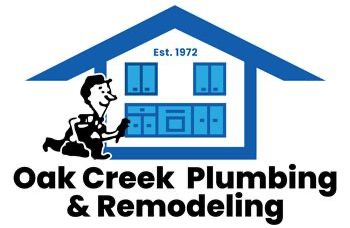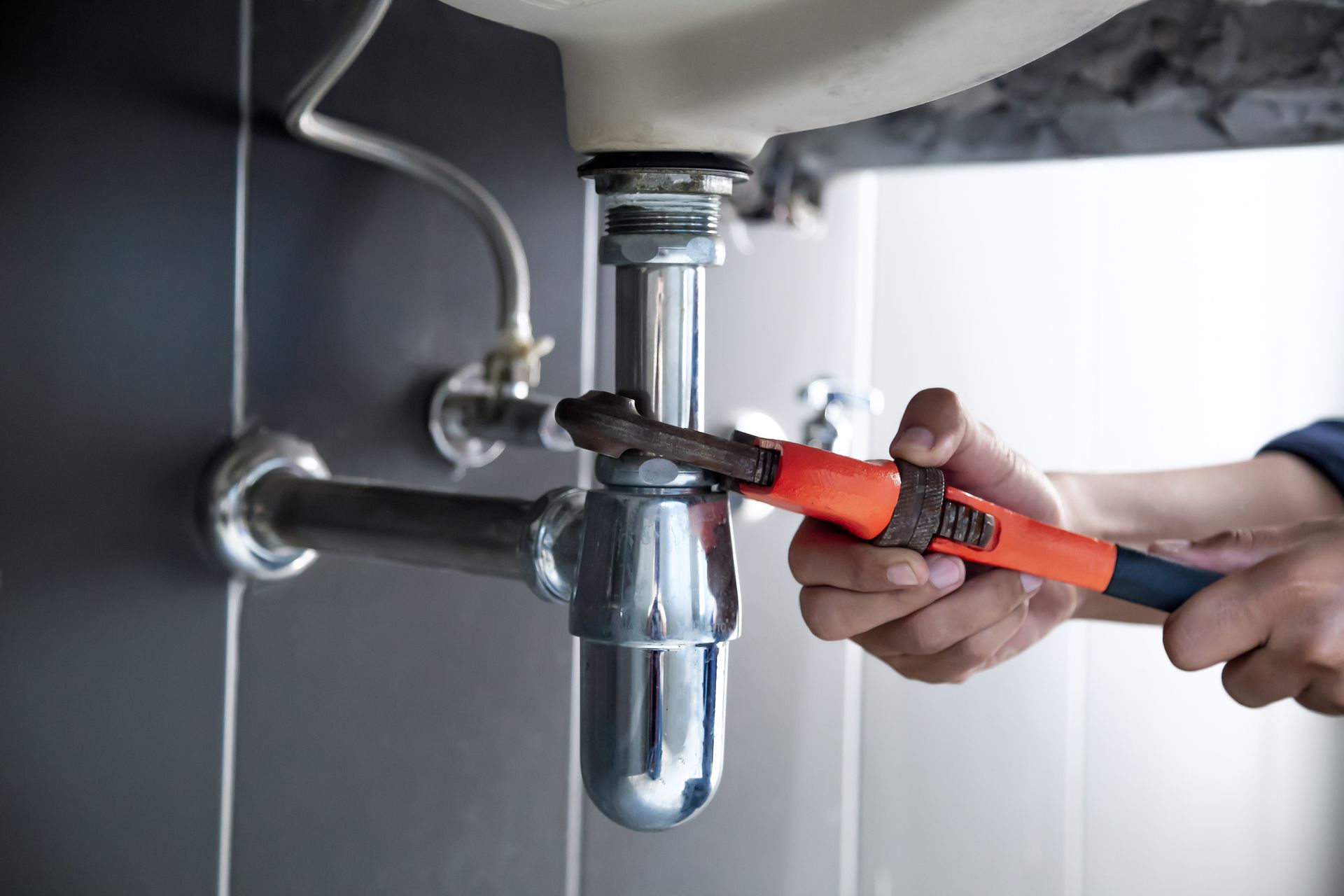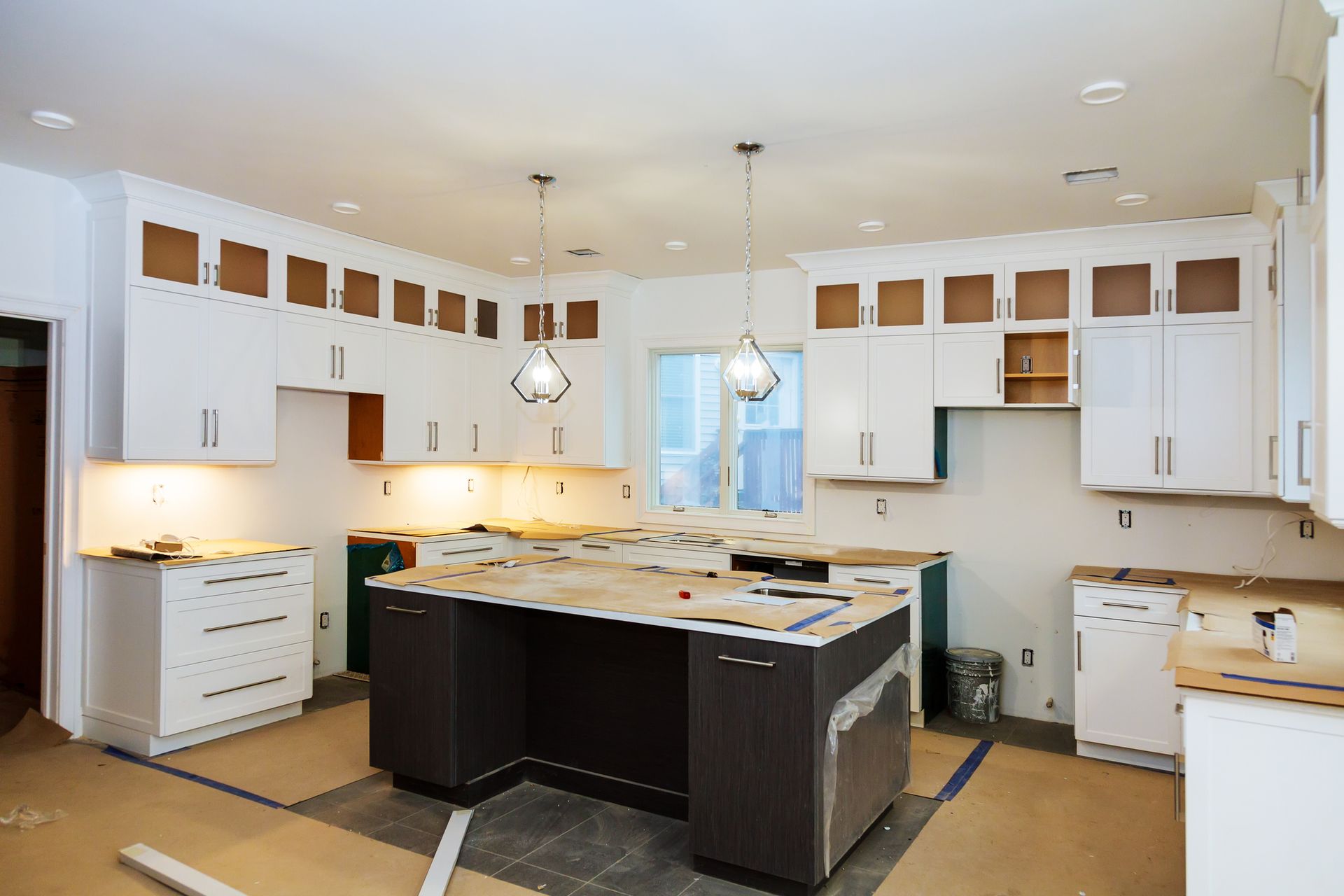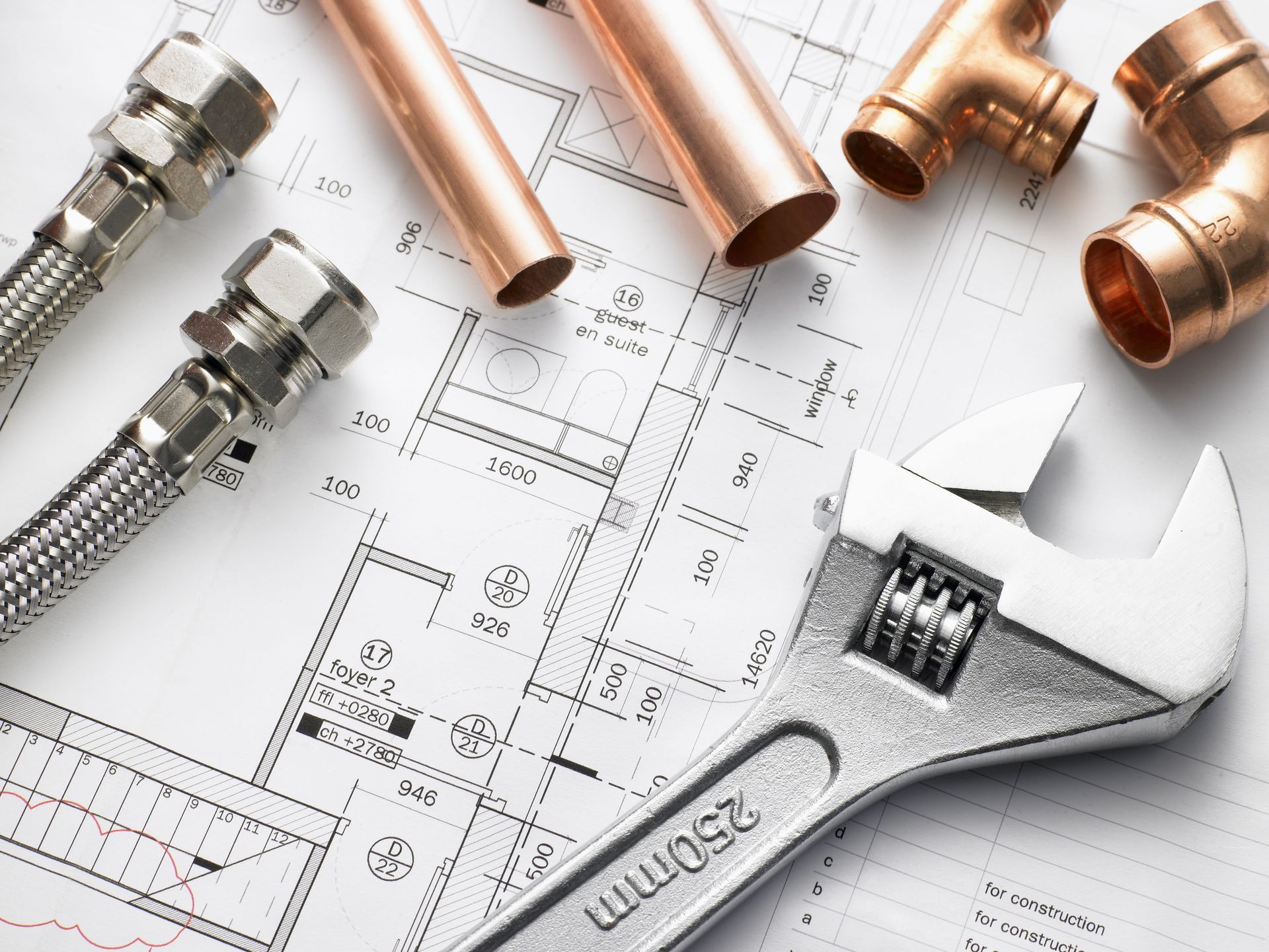THE FUTURE IS HERE AND IT IS TANKLESS
Admin • April 25, 2017
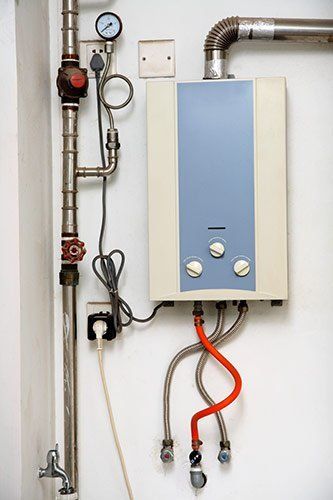
In order to clear the air right up front, let us start out with a couple downsides to adding a tankless water heater to your home. First, many current models (especially the smaller ones) can only heat for one water source at a time. Unfortunately, that means you can’t do the dishes while someone is taking a shower. Theoretically, you could do the dishes while you are in the shower but it is not recommended.
Second, the initial cost of converting to a tankless water heater can be slightly higher than using a traditional tank. However, if you can manage the initial costs, going tankless offers numerous advantages over the alternative.
COST EFFECTIVENESS THROUGH ENERGY SAVINGS
A traditional hot water heater stores anywhere from 20 to 80 gallons of hot water all the time. This means that you are burning gas around the clock so you can have hot water a few times a day. Crazy, right?
With a tankless heater, water is flash heated. That means it gets hot the instant you turn on the faucet. When you’re finished using the hot water, the heating stops as well, stopping your gas use until the next time you turn on the hot water. This translates to an average savings of 40%-60% on your monthly gas bill.
CONVENIENT AND SPACE SAVING
When comparing a tank heater to a tankless heater in terms of space utilization and convenience, tankless comes out the clear winner. First of all, tankless units are tiny! You can mount one to the wall inside a closet and barely lose any space. Second, and possibly most importantly, a tankless heater never (yes, I said never) runs out of hot water.
With their flash-heating technology, a tankless heater will outlast even the most indulgent shower taker.
LONGER LASTING, CLEANER WATER AND MORE EFFECTIVE
On average, the lifespan of a traditional tank heater is 10 to 15 years. Thankless heaters will typically last twice as long and most manufacturers offer incredible warranties for ten years or more. And while we’re on the subject, do you have any idea what could be in your old tank heater after 10 years of constant burning? It’s not pretty.
Over time, traditional tank heaters accumulate metals, rust and other debris. This stuff mixes in at high temperatures 24 hours a day and then you bathe in it... Yikes! On the other hand, tankless heaters have no rust buildup and rarely need maintenance, making the decision to switch is almost a no brainer.
If you’re interested in learning more about how you can transition into the future with a tankless water heater, contact a certified installer
such as Oak Creek Plumbing Kitchen & Bath today.
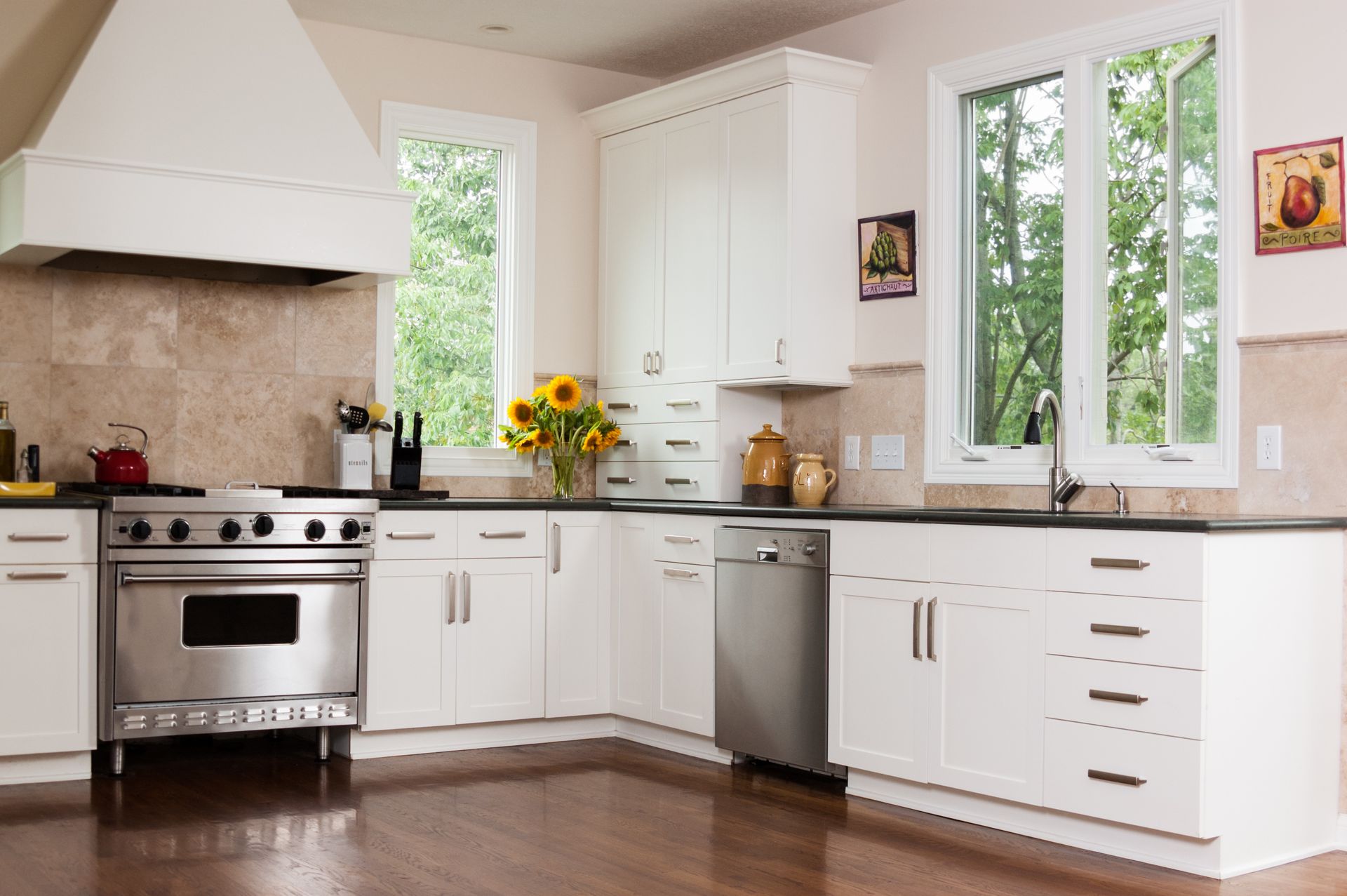
Relocating your kitchen sink can be a game-changer for your kitchen’s functionality and style. At Oak Creek Plumbing and Remodeling , we understand that making such a significant update requires expert planning and execution. To help you navigate this project, we’ve put together a guide on the do’s and don’ts of relocating your kitchen sink in 2025. When planning your sink relocation, start by evaluating the feasibility of moving plumbing lines. Keeping the sink close to existing connections can save you money and streamline the process. Proper venting and drainage are crucial to avoid plumbing issues down the road. Don’t forget to position your sink strategically within the “kitchen work triangle” (sink, stove, and refrigerator) to maximize efficiency and convenience in your kitchen layout. At Oak Creek Plumbing and Remodeling , we recommend obtaining necessary permits and consulting with professionals to ensure the job is done right. Our licensed plumbers and kitchen remodeling experts can guide you through the process, helping you avoid costly mistakes. This is also a great opportunity to upgrade outdated pipes or consider installing a water filtration system for added functionality. Plus, a well-thought-out sink relocation can boost your kitchen’s resale value, making it a worthwhile investment. Avoid common pitfalls by addressing structural constraints, such as load-bearing walls or floor joists, which can complicate plumbing work. It’s important to budget realistically for costs, including plumbing modifications, cabinetry adjustments, and potential flooring repairs. While aesthetics are important, functionality should take priority. For example, a sink under a window is visually appealing but should not disrupt the flow of your kitchen. Electrical considerations are just as important as plumbing. Ensure proper placement of outlets, lighting, and garbage disposal wiring in the new sink area. Don’t overlook water pressure checks and drainage slope requirements, as these details are critical for preventing leaks and clogs. Above all, avoid rushing the project—cutting corners can lead to improper installations and long-term damage. At Oak Creek Plumbing and Remodeling , we specialize in seamless kitchen sink relocations that enhance both style and functionality. Whether you’re looking to optimize your kitchen layout or make a bold design statement, our team is here to help. With our expertise, you can achieve a kitchen that’s efficient, stylish, and built to last. Ready to get started on your kitchen sink relocation? Contact Oak Creek Plumbing and Remodeling today for a consultation! Let’s turn your kitchen dreams into reality.

